Holding a Seed for the Future
Just to the north of us, the fire rages inland. It has already destroyed almost 100 homes. Here, we wait, just out of the mandatory evacuation zone, with our go-bags packed, already the fourth day without electricity. Even the dawn air seems strangely quiet, with the sun unnaturally red from the smoke-filled air. Fires, storms, floods have arrived, like the outriders of climate collapse, while in cities around the world—from Santiago, Chile, to Beirut, Lebanon—there are sudden riots, sparks of unrest, and social collapse. The cry of the Earth and the cry of the poor are raising their voices, rushing toward us, even as the voices of politicians argue and the corporations continue their ravages of the land, caring only for profit and greed.
When I first saw images of the future, of a new era, it was not like this. It carried visions of a civilization based upon oneness, awareness of a unified living Earth and Her inhabitants, of the song of creation reawakening within the heart of humanity. And in these visions there were new technologies promised to us—nonpolluting sources of energy, the wisdom of the scientist and the shaman coming together to bring new ways of healing and a deeper understanding of the ways of the Earth, the forces within nature and our own bodies. I had those visions 20 years ago, and they still hold their promise in my heart—a new story waiting to be lived, a seed of something true that belongs to our real nature and the sacred purpose of creation.
But now, around us is a different story. We can hear the voices of young people calling out for their future, for climate justice and the living Earth. And there is also climate catastrophe and social collapse—no longer just a warning, but a reality that makes the dawn sun frighteningly red. The future we are facing has already begun to arrive—a time of darkening and danger, of increasing insecurity, instability, even chaos. Yes, hopefully within a week our power will be restored, the shops will again be open, our way of life will appear to return to what we call normal. Those whose houses were not burned will call themselves lucky and continue with their lives, just as the politicians will continue to argue, the corporations continue to pollute and make profit. We are the lucky ones. We are not facing climate starvation in Africa. We are not refugees with our few possessions in a bag, fleeing poverty and violence, facing human traffickers and hostility at the border, walls, barbed wire, or a leaking boat. And yet, we are all of these people, just as we are the Earth suffering, crying out. We are all the story of humanity and the land.
How can we hold together our dream for the future and this reality of a dying Earth? How can we support the truth of social and environmental unity in diversity—recognizing how all of our racial and cultural differences belong together as part of humanity’s living tapestry, just as nature’s biodiversity coexists and supports each other as an interdependent whole—even as we become surrounded by more voices of tribalism, isolationism, divisiveness, and increasingly authoritarian regimes? How? We can envision a future based upon these primal principles, the “Original Instructions” given to the first peoples and their wisdom keepers: that we have to get along together with all of creation. We are the lucky ones because we can keep in our consciousness an awareness of the sacred that runs through all of life—the rivers and the trees and the stones and the stars. And as social and environmental collapse come closer, we know the work that needs to be done: the simple work of cooperation rather than competition, loving kindness and generosity, and supporting communities held together by these values. We carry the seeds of a future that we know is waiting, a dawn no longer red from burning fires.
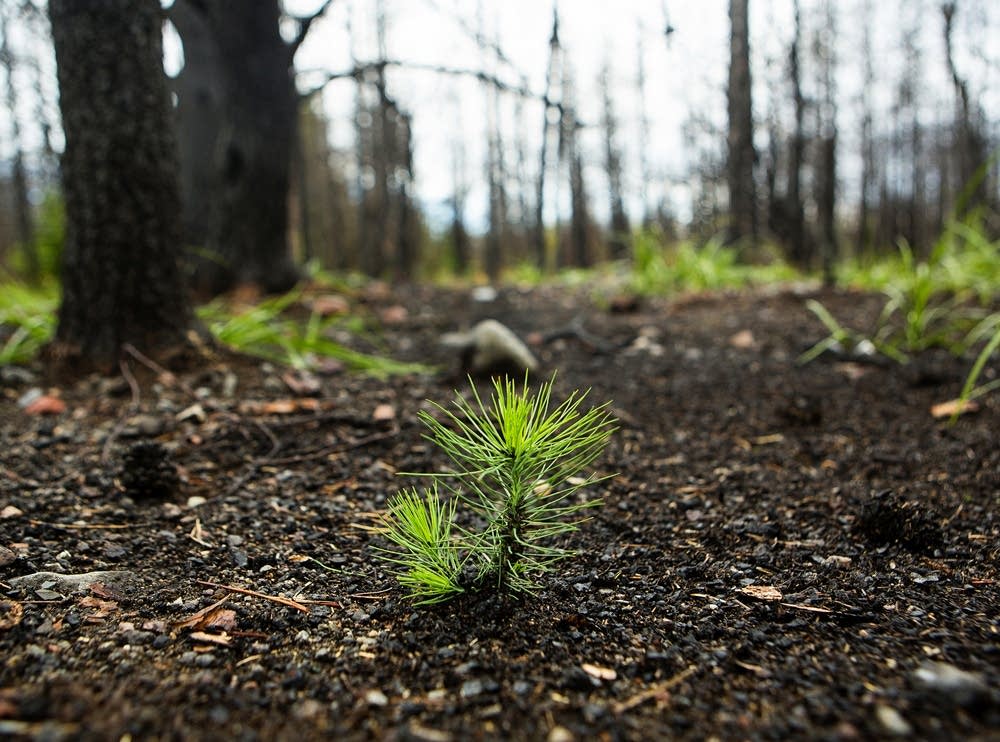
This is the work of resilience that will support us through the breakdown of the coming decades. We can no longer naïvely hope that through greening the economy or spiritual awakening we will all suddenly emerge into a different world. Real social and environmental work, like real spiritual work, involves facing the darkness with our feet on the ground, accepting the truth that the journey will be hard and long, as well as full of unexpected miracles and unexplained magic. We look seven generations into the future even as we live in this present moment, mindful to what is happening around us.
There are three simple aspects to this work. There is the immediate need to help humanity wake up to this accelerating crisis and reduce carbon emissions, to stop clear-cutting the ancient forests, polluting the oceans with plastic, and begin the work of rewilding and restoring wetlands. Can we limit temperature rise to 1.5 degrees, or are we facing 2 or even 4 more degrees? And what would this mean? Here, science and technology can help us, even if it is not the answer. As I have often said, “The Earth is not a problem to be solved, but a living being in distress.”
The second aspect is to learn how to live in a time of transition, of social unrest, even collapse. What are the tools of resilience to support us as the sea levels rise and the fires burn? Yes, we need to learn to live more simply, no longer caught in consumerism and its environmental and soul-destroying values. We have to accept the basic premise that our way of life, founded on the false promises of material prosperity, is over. Our civilization is past its sell-by date and is becoming pathologically self-destructive. As we live in a time of radical uncertainty as nature becomes more and more out of balance, we need to understand what this means to us individually and as a community, to face our fears, our grief, and take necessary steps of how to transition. But we also can look deeper at the spiritual and moral values that sustain us and our communities, like love and care for each other and for the Earth. As the crisis deepens, these values may be more important than any new technology.
And finally, those of us who hold a vision for a future that is truly sustainable for the Earth and all of Her inhabitants need to hold this seed close to our hearts. The future will not be as we have planned—our world is already too far out of balance. But this may be our most important gift to future generations—a belief in the living oneness, the unity of being that belongs to the essence of life and to the patterns of nature. Then we will not be caught in the fragmentation of the coming decades, whose signs we can already see in present social and economic divisiveness. But we will carry the light of a new consciousness, a new civilization that is humanity and the Earth’s deepest promise. And we can plant this seed in our daily life, in simple acts of generosity and loving kindness, in recognizing that we are not separate from each other or from the Earth. In small communities, we can tend the land waiting for springtime, even as we are more and more surrounded by the storms of winter.
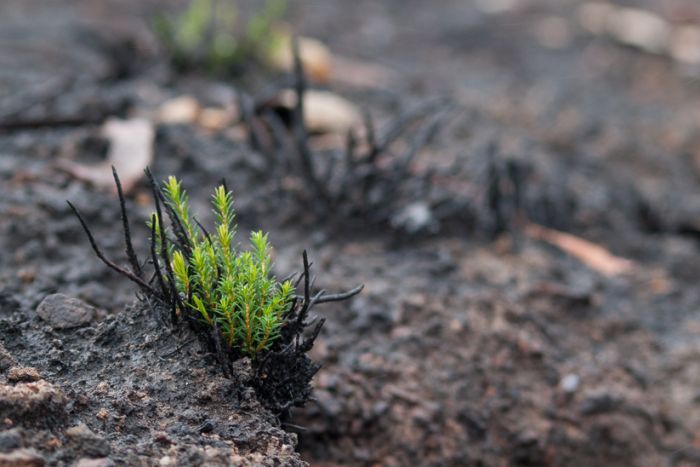


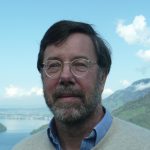
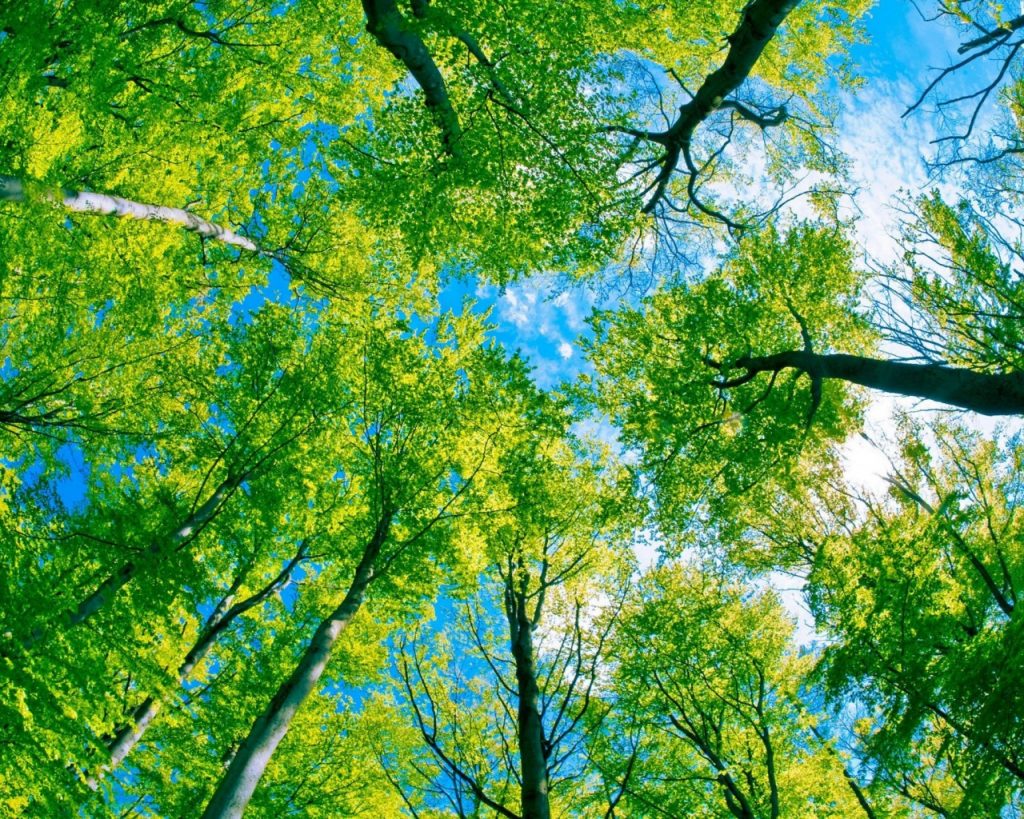
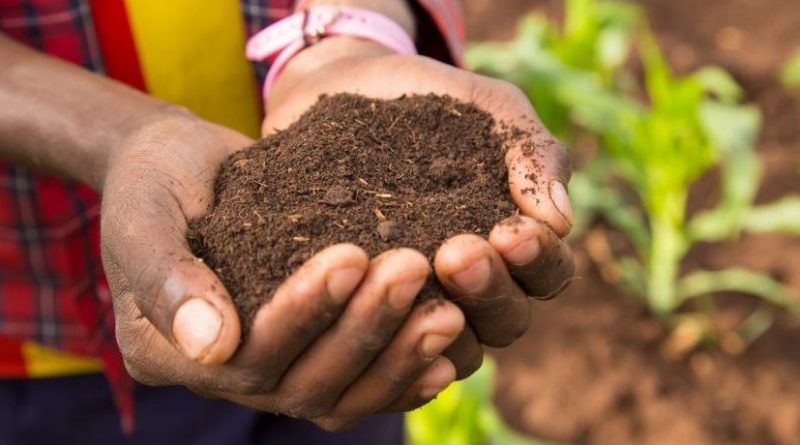

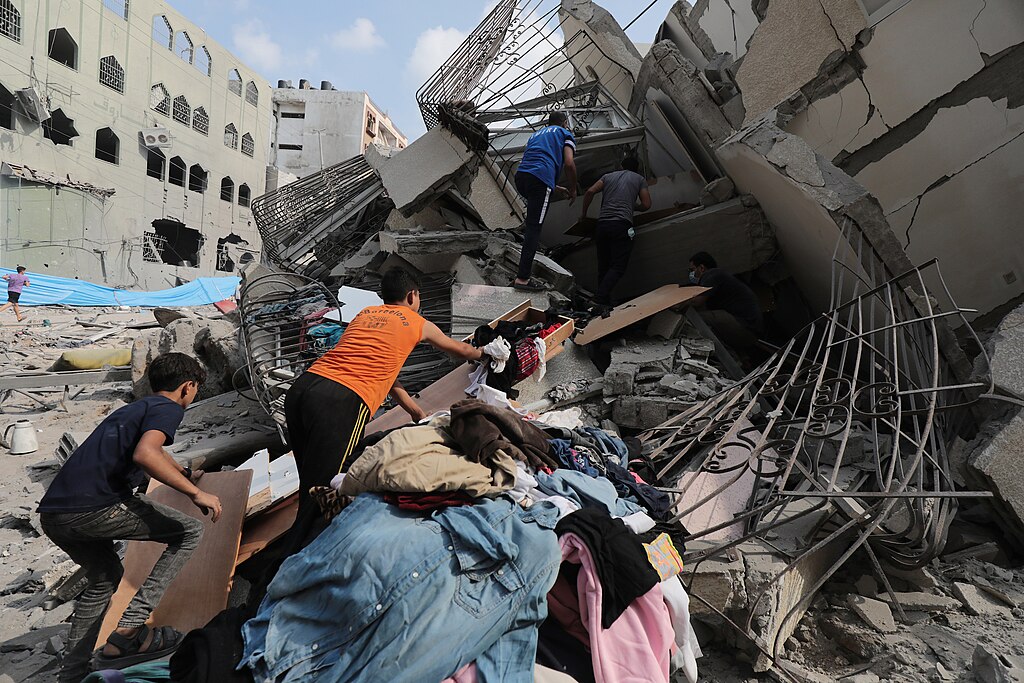
Thank you Llewellyn for telling it as it is: “the future we are facing has already began to arrive”.
Where I live in eastern Australia, the land is so dry that even rainforests and swamps are burning, and summer has barely arrived! The enormity of the events is such that it is about impossible to contemplate their implications!
It is such a relief to read this article which holds both the terrifying reality and “a vision for a future that is truly sustainable for the Earth and all of Her inhabitants”, and the knowing that “we can plant this seed in our daily life, in simple acts of generosity and loving kindness, in recognizing that we are not separate from each other or from the Earth”.
I can’t express enough my deepest gratitude.
I deeply resonated with your vision twenty years ago, Llewellyn, and today, amidst all the challenges you’ve outlined, this vision carries even more import. It will be the task for some to be environmental activists, for others, to take a stand in political arenas, others with a new vision for education, while still others give expression to a new vision through the arts. There is no ‘one, perfect way’ to address the challenges of these times. It is taking the conscious dedication to tend to the maturation of the soul-seed within each of us. And we cannot see the total tapestry of what our specific resonance and actions will bring by traditional outward markers of success. A different compass, a deep inner knowing based on resonance with Life itself must guide us. May the pressures of this time bring a healthy birth, not a still-birth, through each of us in our own creative spheres. Thank you for holding your vision through all of this!